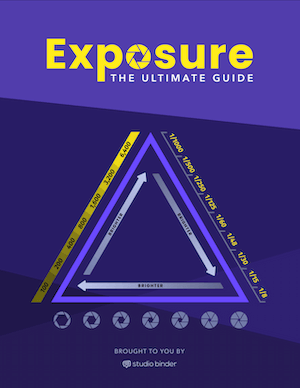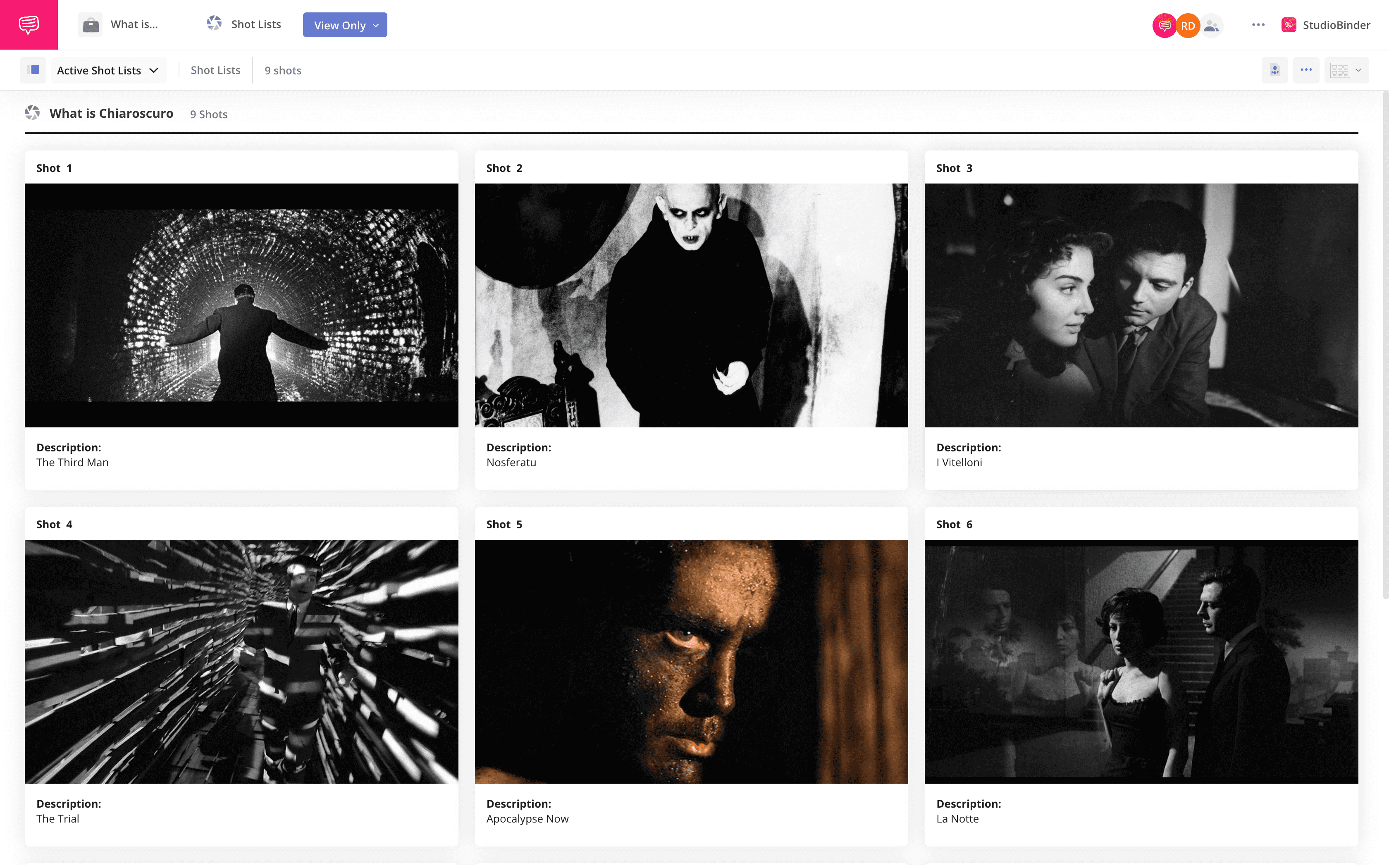For decades, filmmakers have iterated on creative lighting and cinematic techniques. But still, some of the best lighting techniques, such as chiaroscuro, have persevered to have an impact on cinema today. Though chiaroscuro in film was popularized nearly a century ago, modern cinema still venerates its value. So what is chiaroscuro in film and how is it used today? Let’s find out with some chiaroscuro examples in film, from past to present.
Chiaroscuro Lighting Explained
Where did chiaroscuro originate?
Chiaroscuro lighting is a fancy film term, but it’s actually a rather simple concept to understand. In simplest terms, chiaroscuro is the juxtaposition between light and dark. But where did chiaroscuro originate and how did it become such an important art movement?
Essentially, chiaroscuro is two things: a lighting technique and an art movement, but first let’s formally define chiaroscuro.
CHIAROSCURO DEFINITION
What is chiaroscuro?
Chiaroscuro is an Italian term used to describe the technique of using light and dark in artwork, particularly a painting. It originally comes from the Renaissance art movement, and combines the Italian words: “chiaro” meaning “clear” or “bright,” and “oscuro” meaning “obscure” or “dark.” It refers to the dramatic effect experienced when using contrasting areas of light and dark in a visual piece.
In cinematography, the term refers to low and high-contrast lighting, which creates areas of light and dark in films. This applies especially to black and white films, notably German Expressionist films. Later on, Hollywood Film Noir made chiaroscuro lighting a standard style.
Chiaroscuro examples in cinema
- The Cabinet of Dr. Caligari (1920)
- Nosferatu (1922)
- The Maltese Falcon (1941)
- The Third Man (1949)
- Apocalypse Now (1979)
As we dive deeper into this interplay between light and dark, make sure you download our FREE e-book on exposure. In this Ultimate Guide to Exposure, you'll be able to how to achieve the benefits of chiaroscuro lighting.
Free downloadable bonus
FREE Download
Ultimate Guide to Exposure
The Exposure Triangle is something every photographer and cinematographer needs to master. Download our FREE e-book to get in-depth explanations and tutorials on topics like aperture, ISO, shutter speed, and how to balance these settings to nail perfect exposure every time.
Chiaroscuro Definition as an Art Movement
Exploring light and dark Renaissance art
Before we analyze chiaroscuro lighting in film, we need to explore the chiaroscuro art movement from the Renaissance period (~1400-1600 AD). If you’re familiar with the Renaissance period, then you know it was a time of extraordinary creative development. Chief among these developments was light/shadow techniques in painting.
Caravaggio, Leonardo da Vinci, and Rembrandt were some of the most famous painters during the Italian Renaissance, and were well known for using chiaroscuro lighting in their paintings; but perhaps none were better at it than Caravaggio. For more on Caravaggio and his unique use of chiaroscuro lighting, check out the video below:
Define Chiaroscuro • Historical Chiaroscuro Definition
Nerdwriter1 makes an important distinction in his video on Caravaggio, which is: when people observed maestro-level chiaroscuro lighting in paintings, they must have been overwhelmed by a visceral feeling they had never felt before. The clarity, level of detail, and saturation of Caravaggio’s paintings were unrivaled when compared to paintings from the dark-ages and ancient history.
During the Renaissance period, artists from around Europe adopted chiaroscuro lighting. As such, chiaroscuro has become to be known as a subset art movement of the Renaissance period.
Related Posts
What is Chiaroscuro in FIlm?
The return of chiaroscuro in cinema
Chiaroscuro remained an important part of visual art after the chiaroscuro art movement but it wasn’t majorly popular again until the early days of cinema. The Cabinet of Dr. Cagliari, widely regarded as one of the first movies of the German Expressionist movement, was largely responsible for revitalizing chiaroscuro lighting. In the image below, you’ll notice that the juxtaposition of light and shadow is used to create a surreal effect.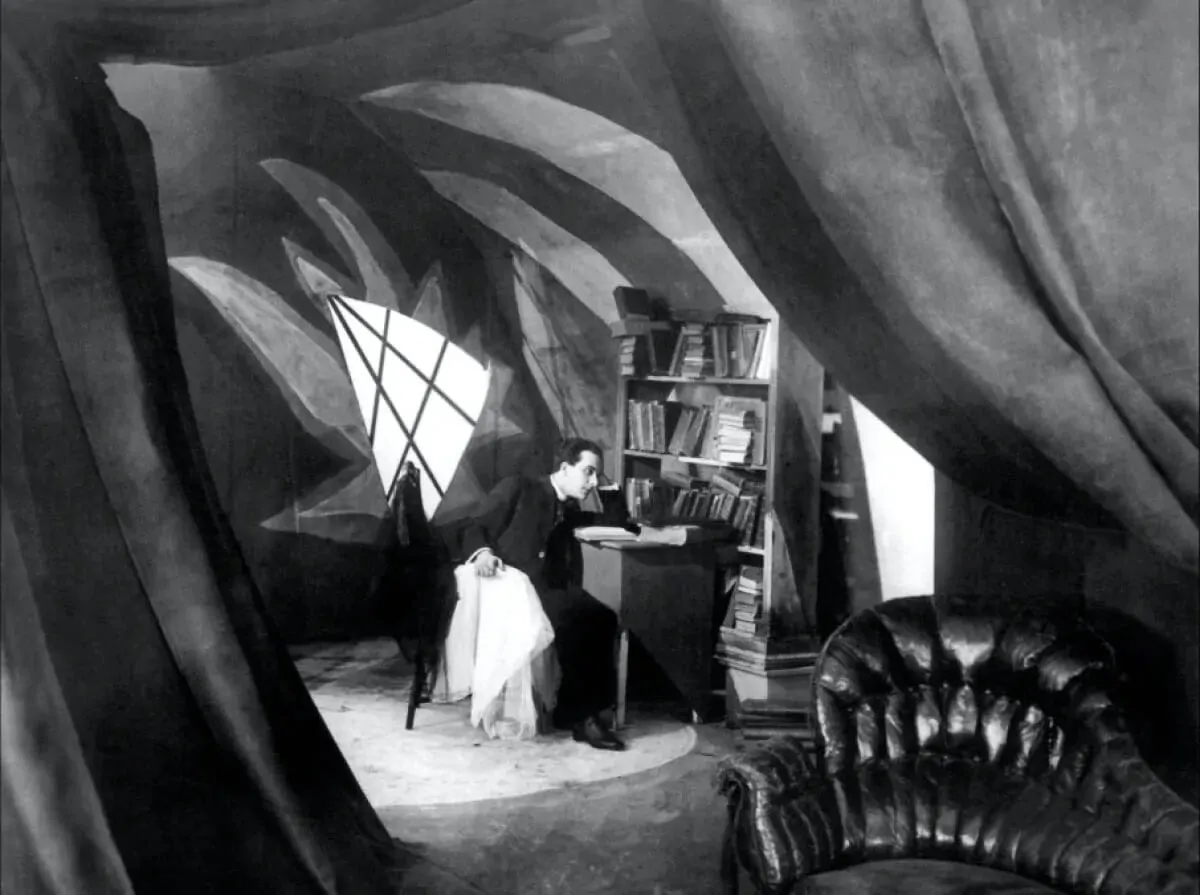
Chiaroscuro in Film • The Cabinet of Dr. Caligari
Towards the end of the German expressionist movement, directors started implementing strong chiaroscuro lighting in film noirs. Perhaps the most iconic example of strong chiaroscuro lighting in German cinema can be found in Fritz Lang’s M. Look at the visual depth in this still from the film:
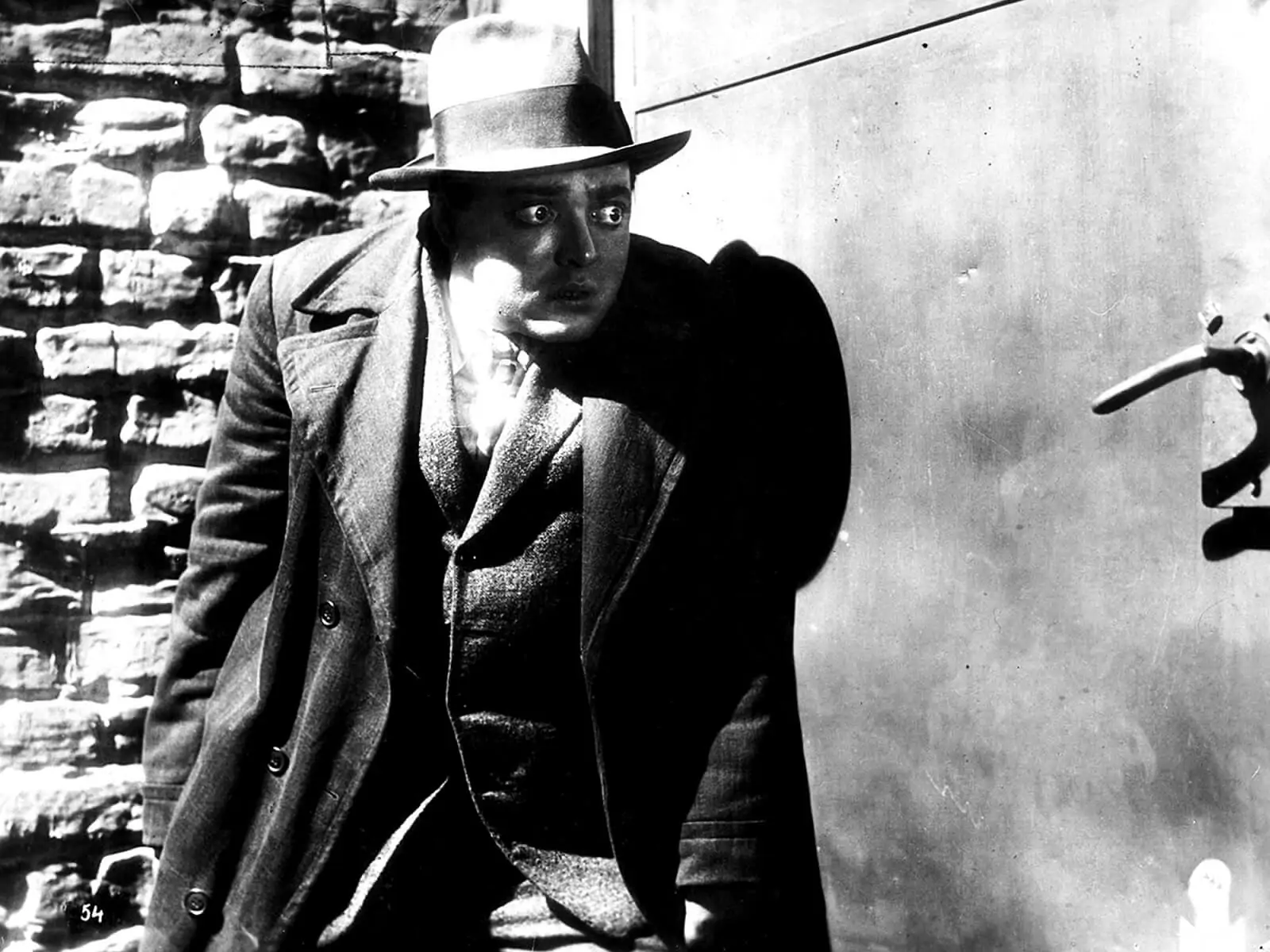
Chiaroscuro in Film • The Cabinet of Dr. Caligari
This still from M may be a bit overexposed, but it’s clear there’s a purposeful juxtaposition of light and shadow. As filmmakers like Fritz Lang and cinematographer Karl Freund emigrated to the U.S., they brought their lighting style with them.
Chiaroscuro continued to be an important part of cinema through the golden age of Hollywood. Take the greatest Hollywood film of all-time for example:
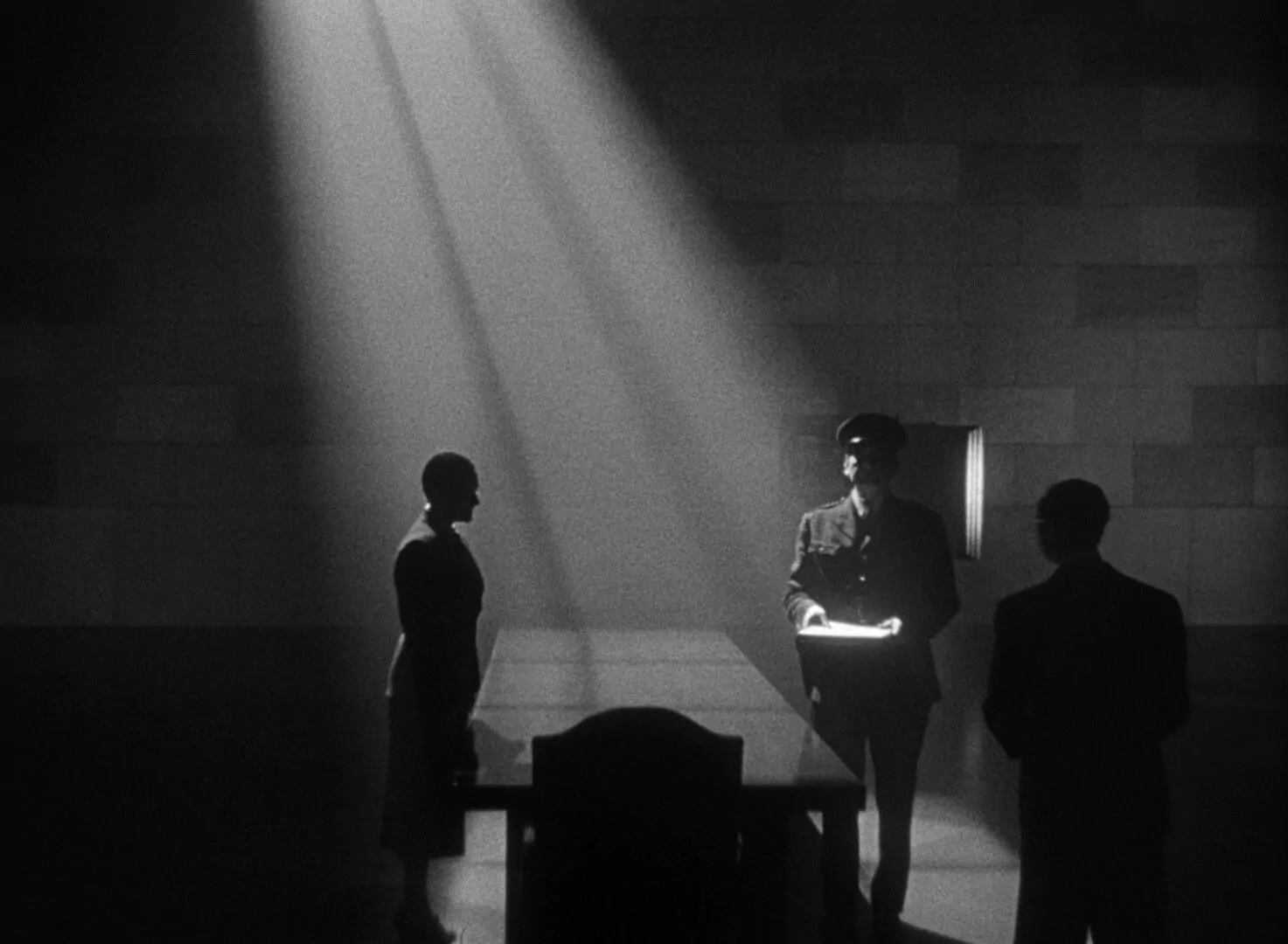
Chiaroscuro in Film • The Cabinet of Dr. Caligari
Orson Welles’ magnum opus Citizen Kane pioneered cinematic techniques in Hollywood. For that, we must give credit to Welles and to the great cinematographer Gregg Toland. One of the reasons for Kane's massive and enduring success was how bold and adventurous the cinematography was.
We had seen the mix of light and shadow before, but not like this. We had seen deep depth of field before, but not like this.
The look of Citizen Kane, distinctive and gorgeous as it is, another contemporaneous genre also embraced light and shadow. The hardboiled detective movies, such as John Huston’s The Maltese Falcon carried this moody and dramatic lighting through the criminal underworld.
Though these obviously weren't horror movies, the lighting was used to suggest the darkness we sometimes find in ourselves.
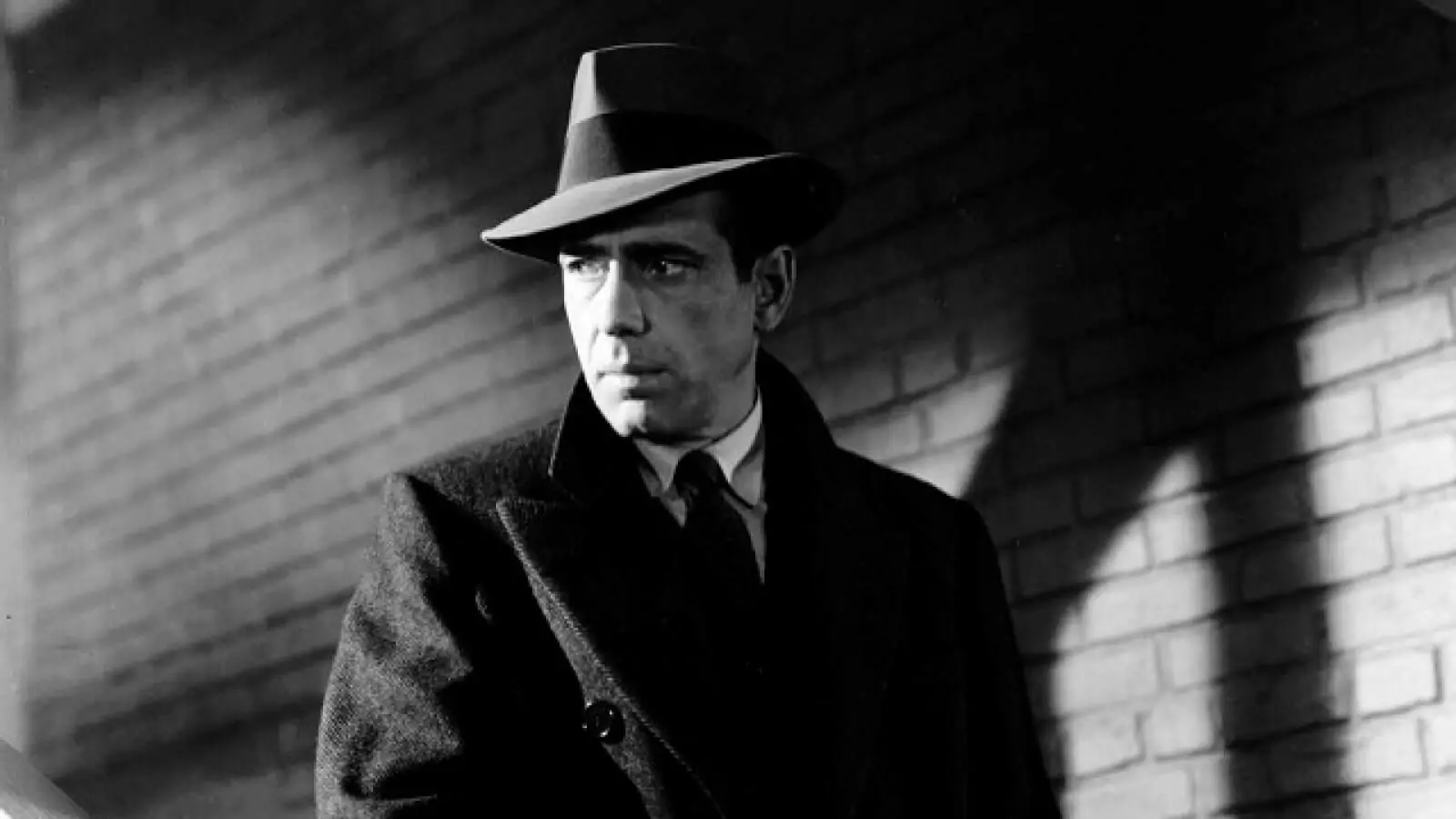
Chiaroscuro in Film • The Maltese Falcon
Chiaroscuro lighting became emblematic of the film noirs of the ‘50s and ‘60s, and even went on to become a major stylistic feature of New Hollywood cinema as well.
Francis Ford Coppola's The Godfather is a film that is known for its dark lighting, often only lighting half of a character's face, a critical component in chiaroscuro. Watch the video below to see how legendary cinematographer Gordon Willis lit the famous franchise.
Define Chiaroscuro • Lighting Techniques of The Godfather
Because this technique obscures part of the subject in question, it’s often used to create suspense, and is common in thriller or horror films. Of course, The Godfather isn’t a typical thriller/horror film – but it still utilized chiaroscuro to generate suspense. It also did wonders for amplifying the moral ambiguity that runs throughout the Corleone saga — a callback to the influence of Film Noir.
Here's a more recent film, Casino Royale, and it's now-iconic opening scene. From this you can see that the technique is still relevant, which tends to happen when said technique works so well.
What is Chiaroscuro in Film Today? • Casino Royale
Again, this lighting technique is clearly a throwback to the days of Film Noir. It's a tip of the hat to what came before and an attempt to connect the lineage of this kind of film.
Related Posts
Chiaroscuro Lighting Tips and Tricks
Build mood with chiaroscuro lighting
Looking for inspiration on where to get started with chiaroscuro lighting? As an exercise in practical design, take a note from the professionals and try to replicate their works. We imported some of the best chiaroscuro lighting examples into StudioBinder’s storyboard creator software.
Check out our mood board below and let us know if you’re able replicate any of the shots on your own!
Feel free to reference back to this mood board whenever you’re looking for chiaroscuro inspiration in your production. Depending on the mood, genre, or suspense you're aiming to achieve, you can see just how versatile this lighting style really is. No wonder it's been used for centuries in all forms of art.
Guide to Using Chiaroscuro Lighting
How to use chiaroscuro
If you're interested in learning how to light your own projects with chiaroscuro lighting, take a look at the how-to video below. As explained, giving the background just as much attention as your subject will help create that depth and balance between light and shadow.
Chiaroscuro Definition • Chiaroscuro Lighting Tutorial
Here is a quick guide to get started using chiaroscuro lighting in film:
1. Research film lighting
Remember: chiaroscuro is simply the juxtaposition of light and shadow. You don’t need expensive film lights to achieve a chiaroscuro look, you just need to know the basics of film lighting and film lighting techniques.
Read up on articles about key light, fill-light, backlight, and the exposure triangle. When in doubt, watch classic film noirs or films from the German Expressionist movement.
2. Gear up
After you feel confident in your knowledge of the technical aspects of chiaroscuro, attempt to create a chiaroscuro photo still. You’re going to need a camera, a light, and a subject. Make sure to consult our ultimate guide to camera gear before making any purchases.
3. Practice
Take some time and try out chiaroscuro lighting on limited sets, and remember: nobody achieved a great chiaroscuro look on their first try. In some cases, it helps to light the background separately to create that 3D look in a 2D image. And don't forget to angle the light onto the subject to create that edgy and high-contrast look on your subject's face.
RELATED POSTS
Up Next
Learn Cinematic Lighting Techniques
Chiaroscuro is just one cinematic lighting technique. Want to learn more about other cinematic lighting techniques? Check out our post up next in which we break down amazing lighting examples from Bridge of Spies, Blade Runner, and more. By the end, you’ll have a greater understanding of how to achieve a cinematic look with lighting!
Up Next: Learn More Lighting Techniques →
Showcase your vision with elegant shot lists and storyboards.
Create robust and customizable shot lists. Upload images to make storyboards and slideshows.

